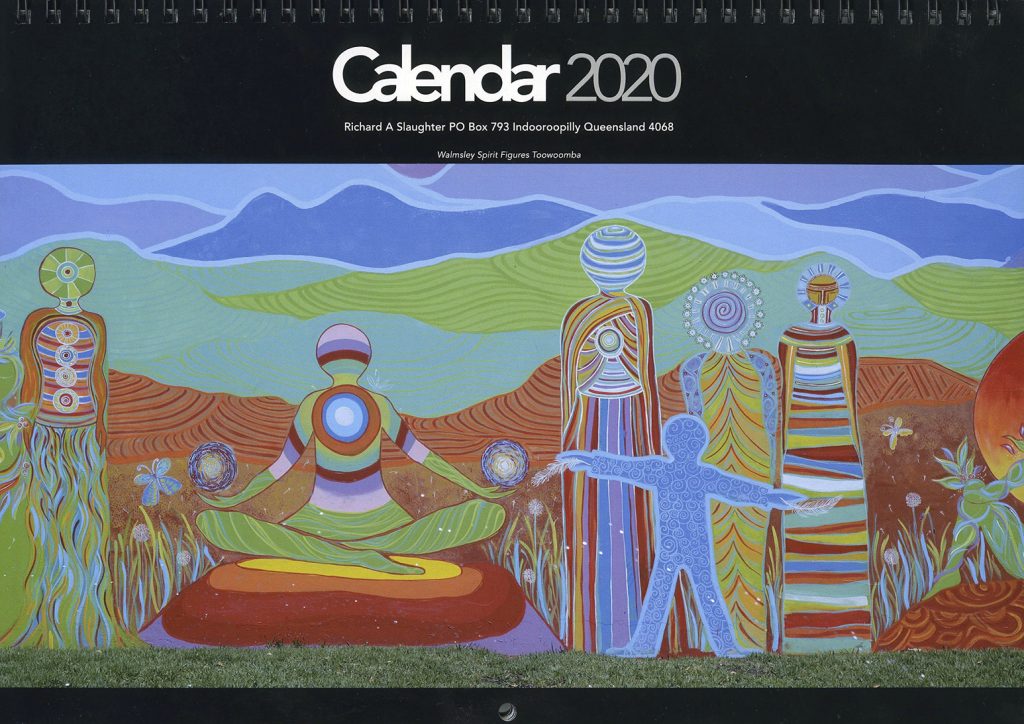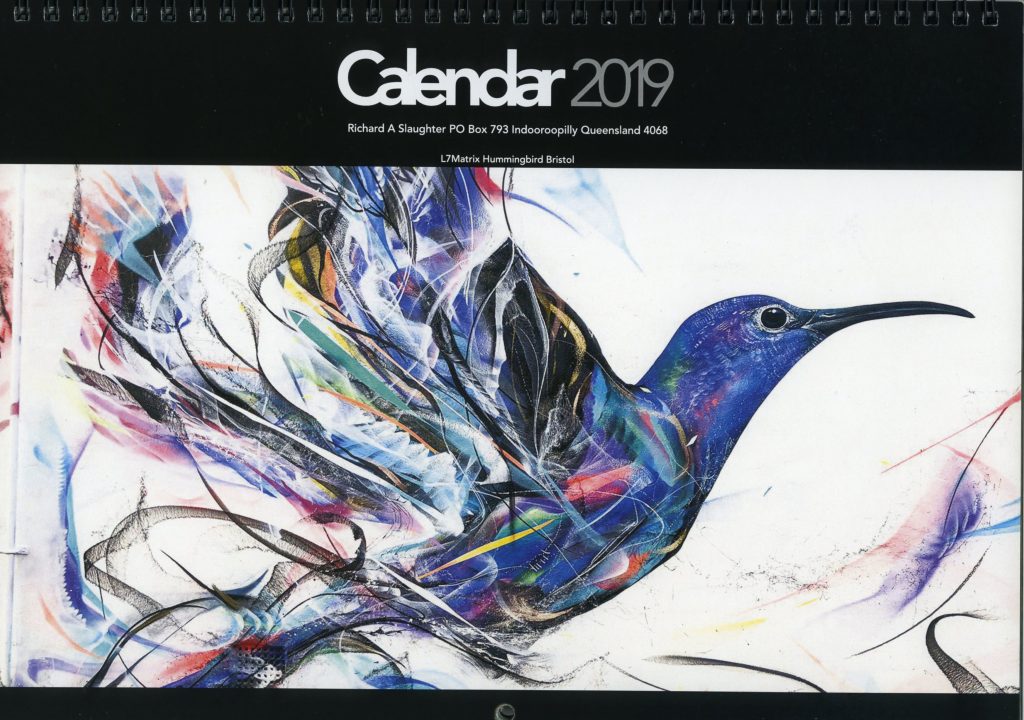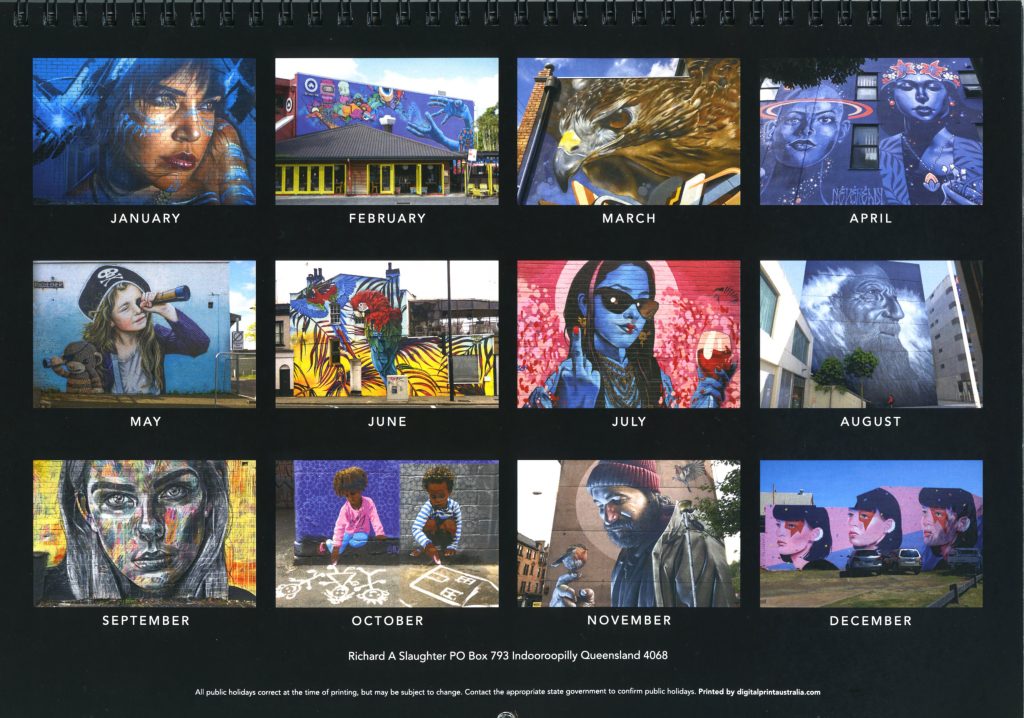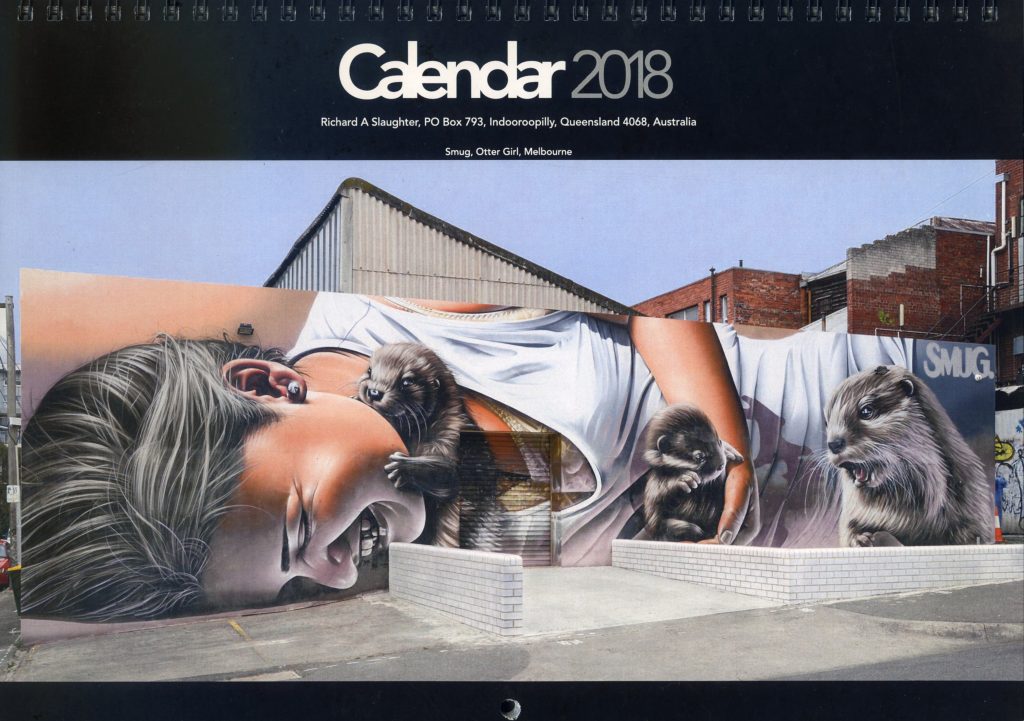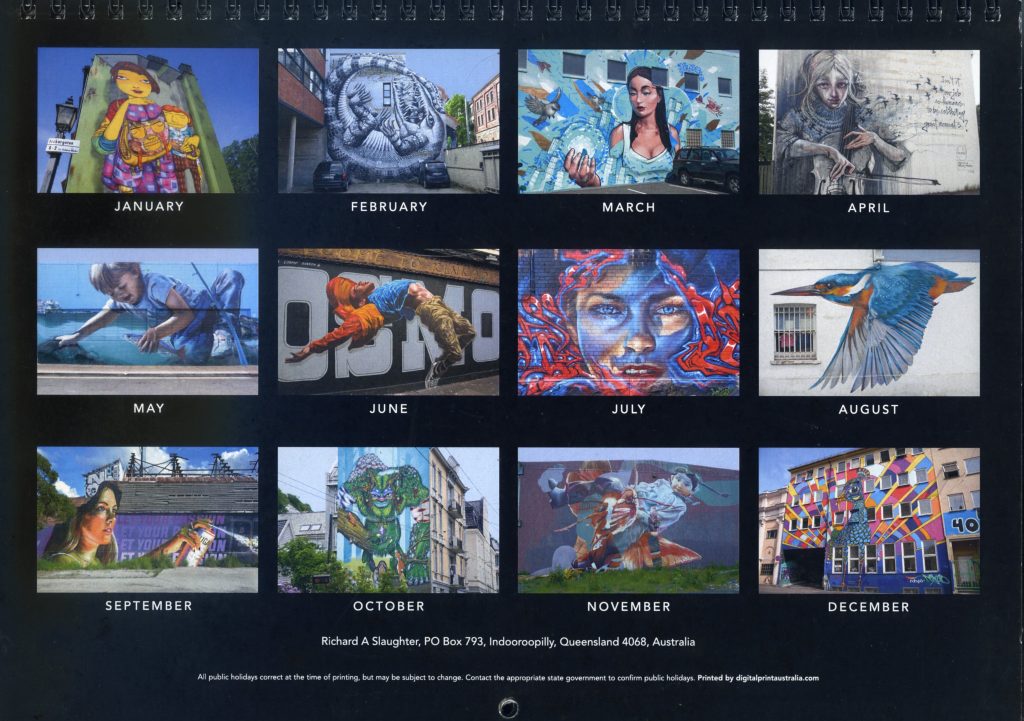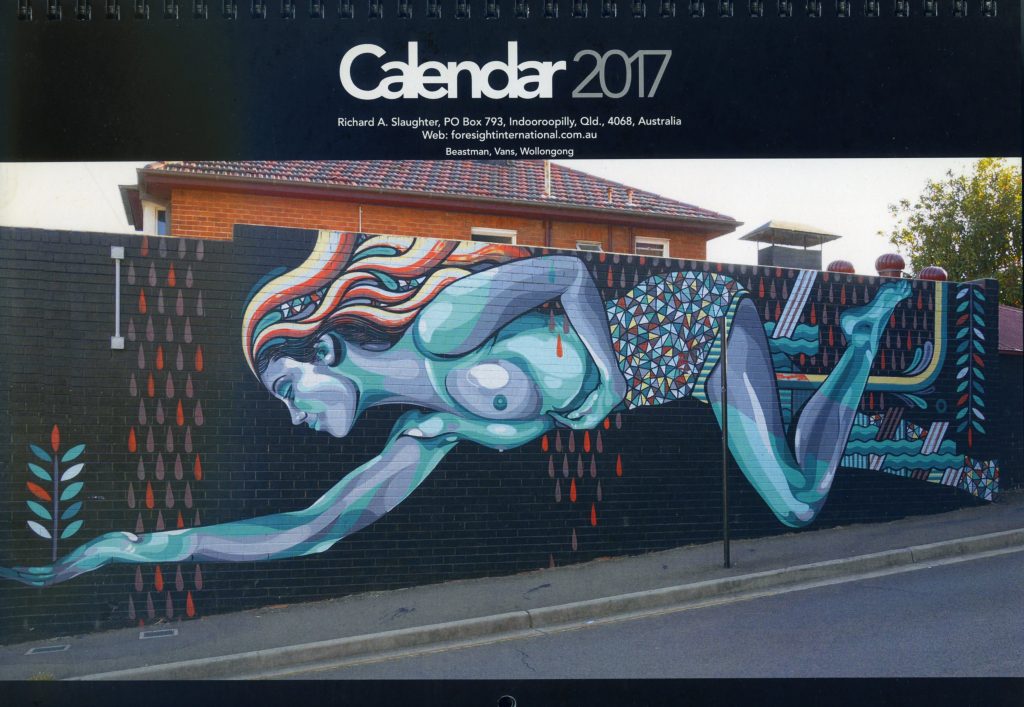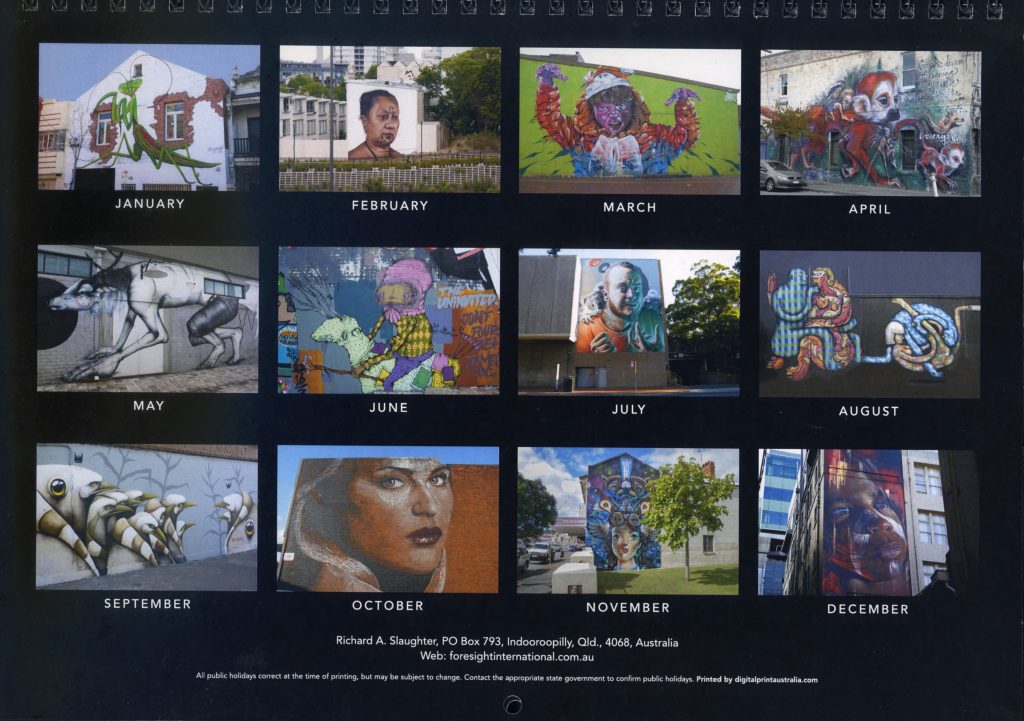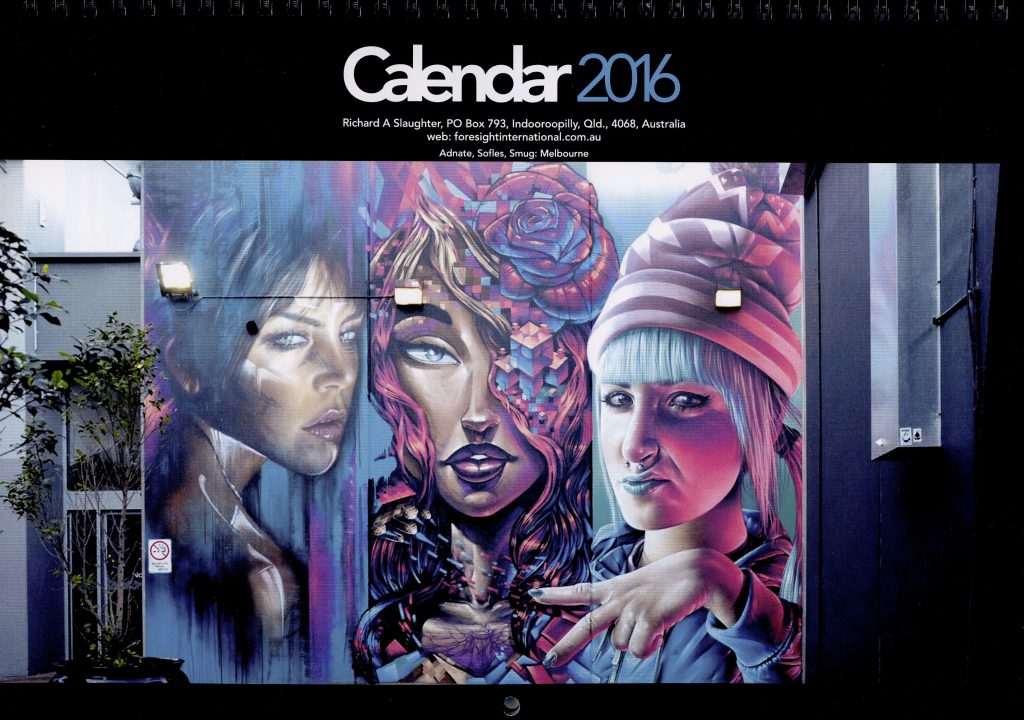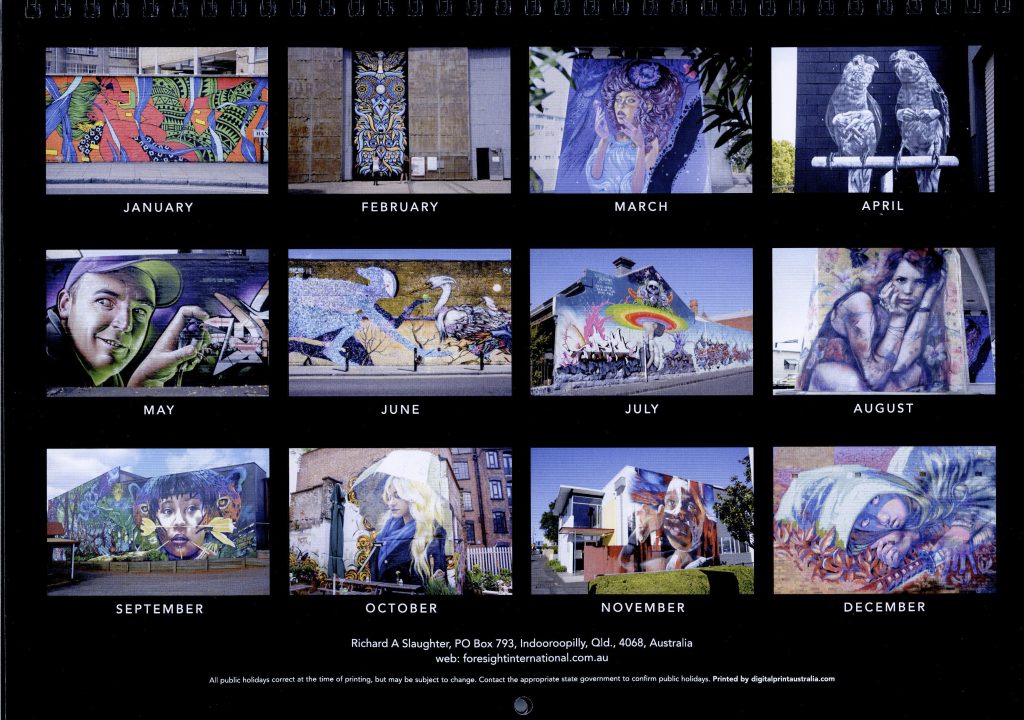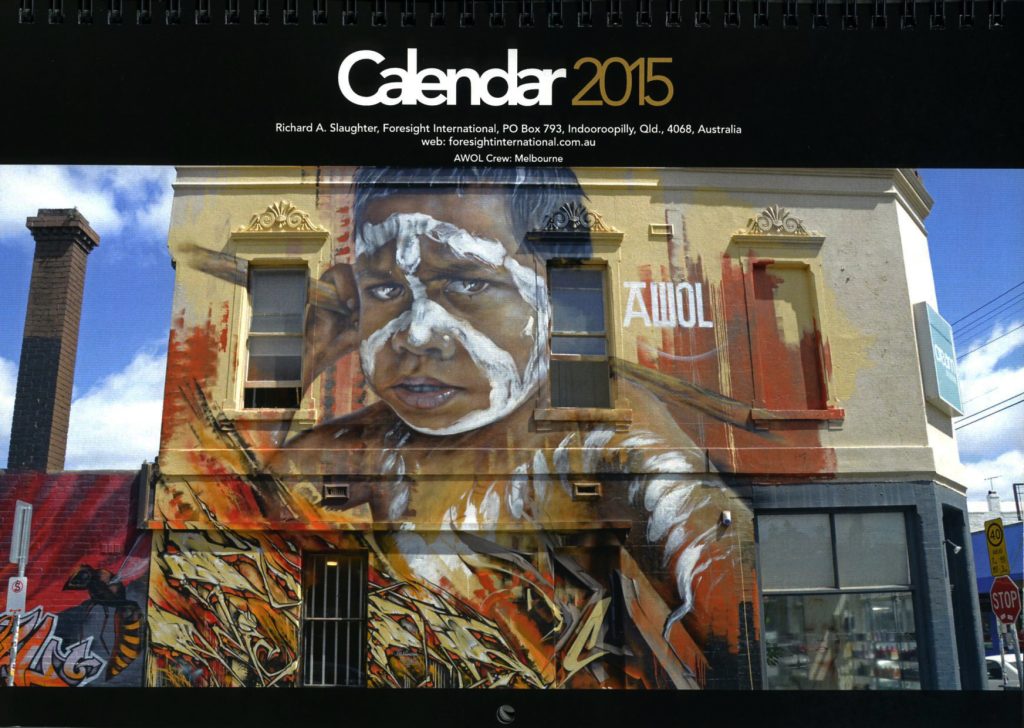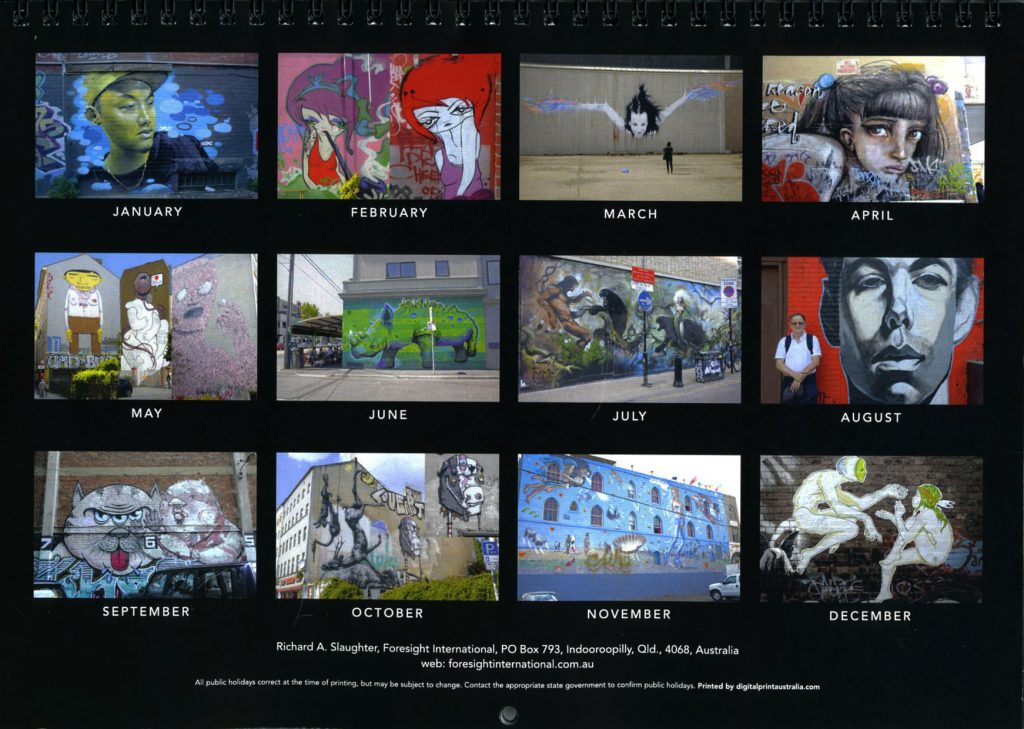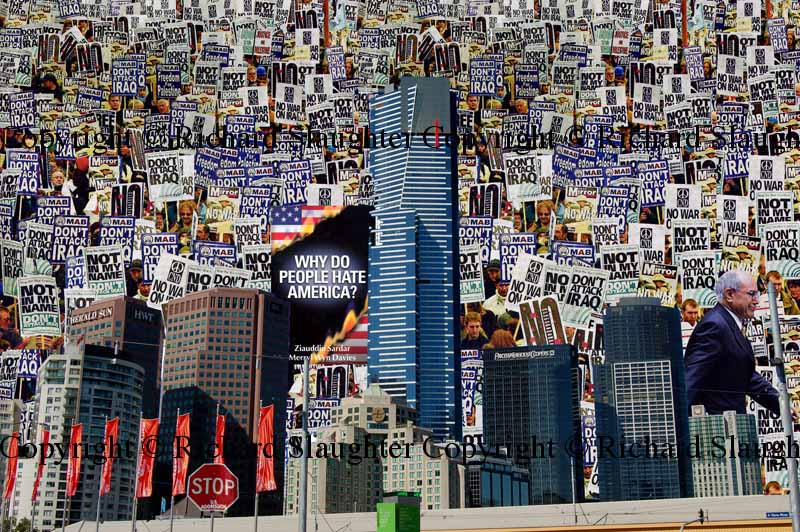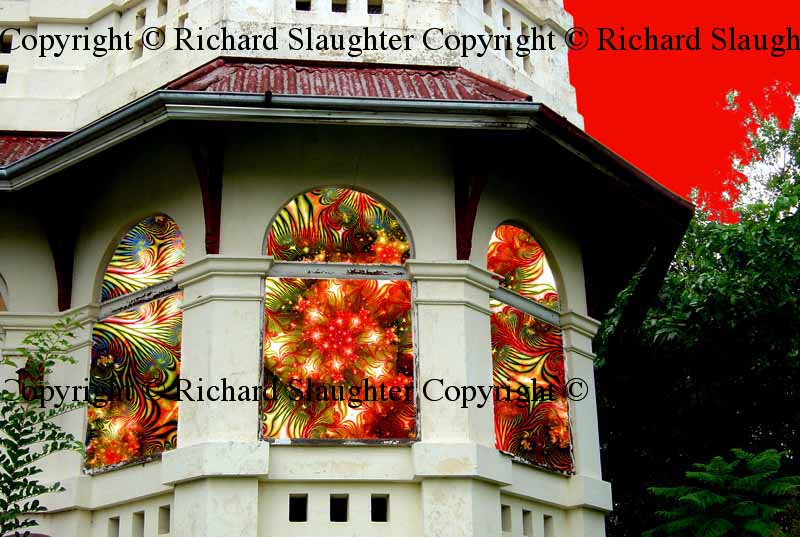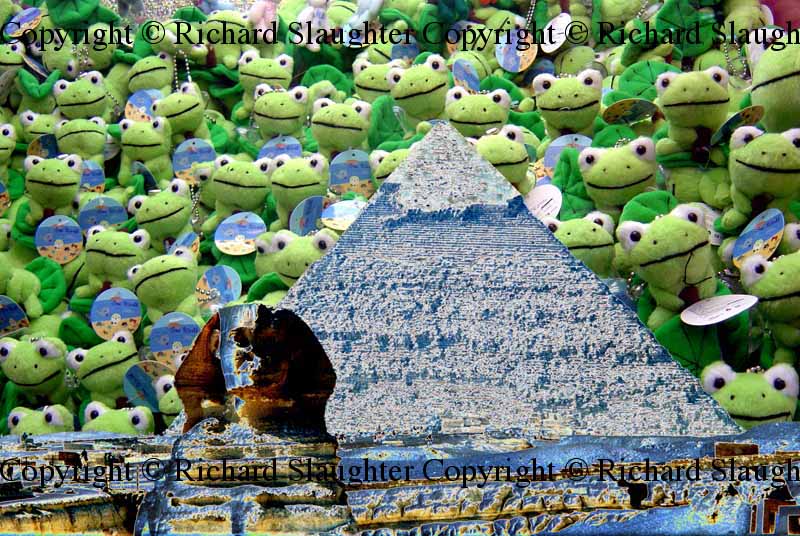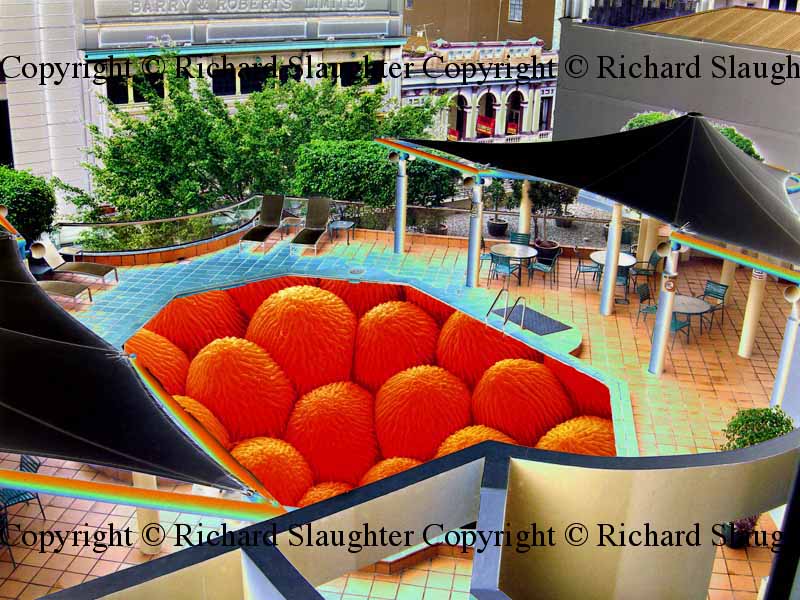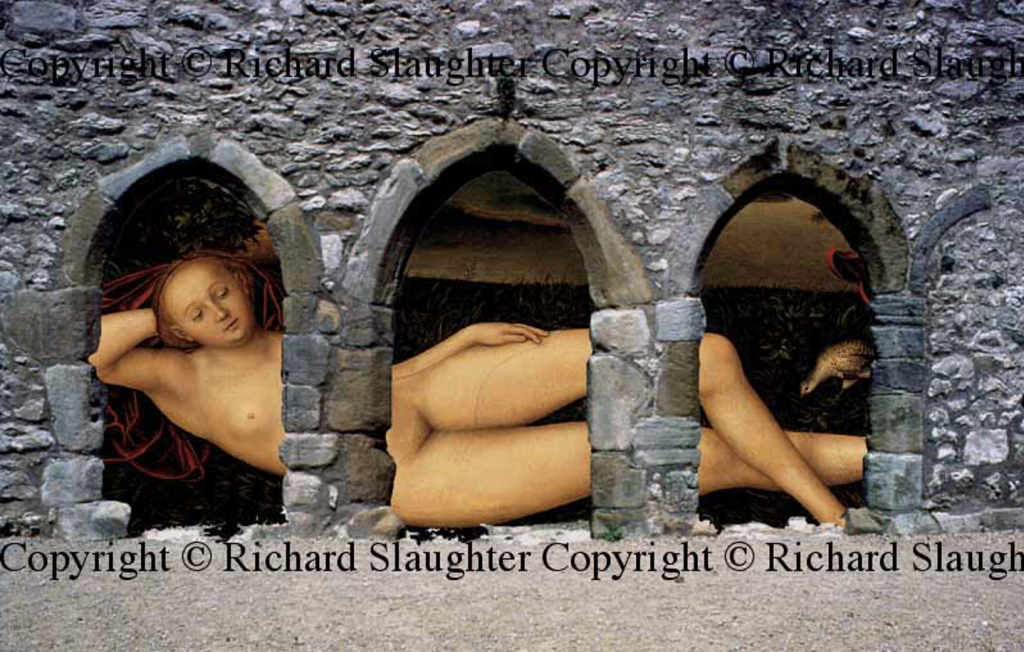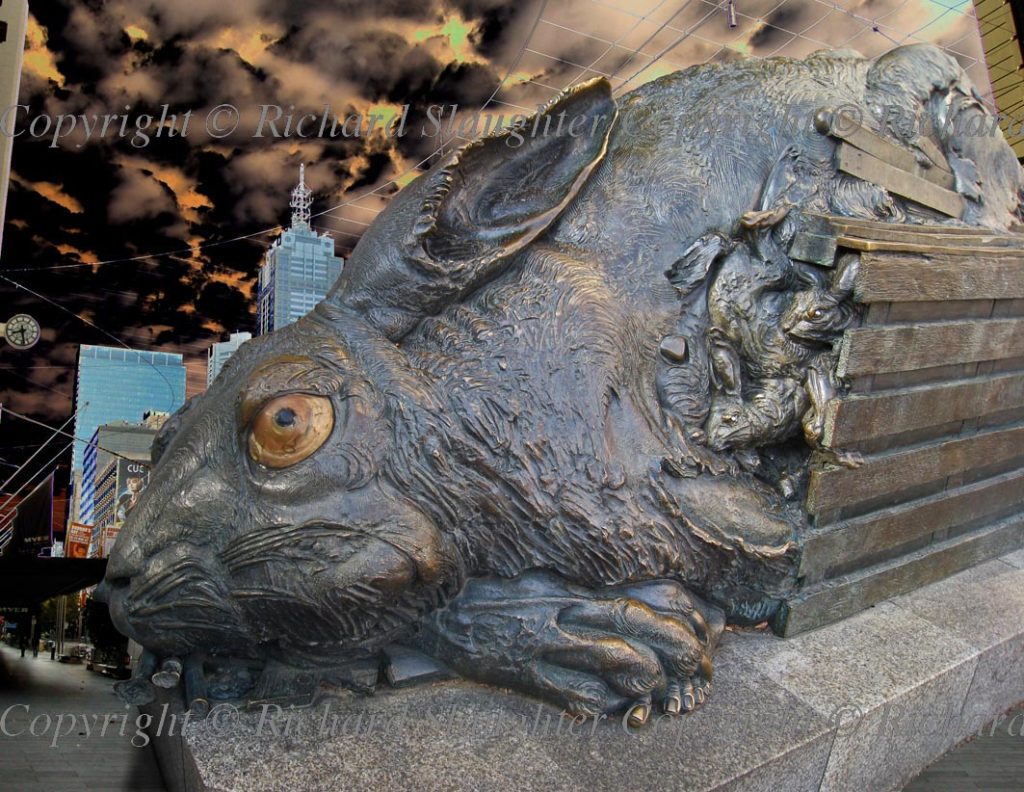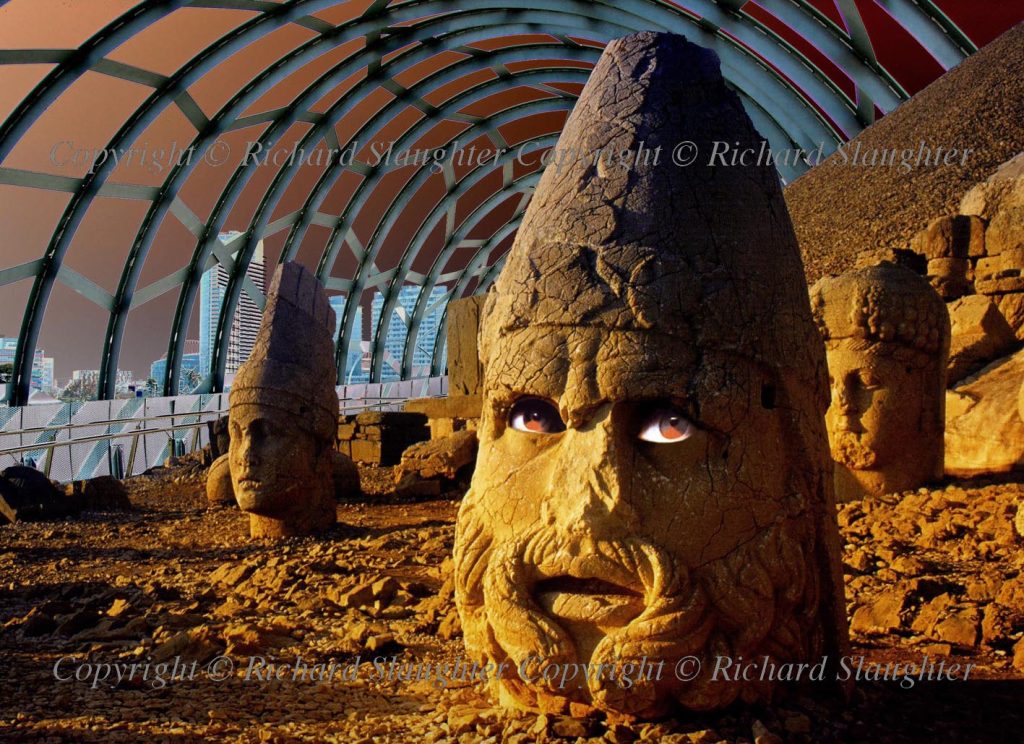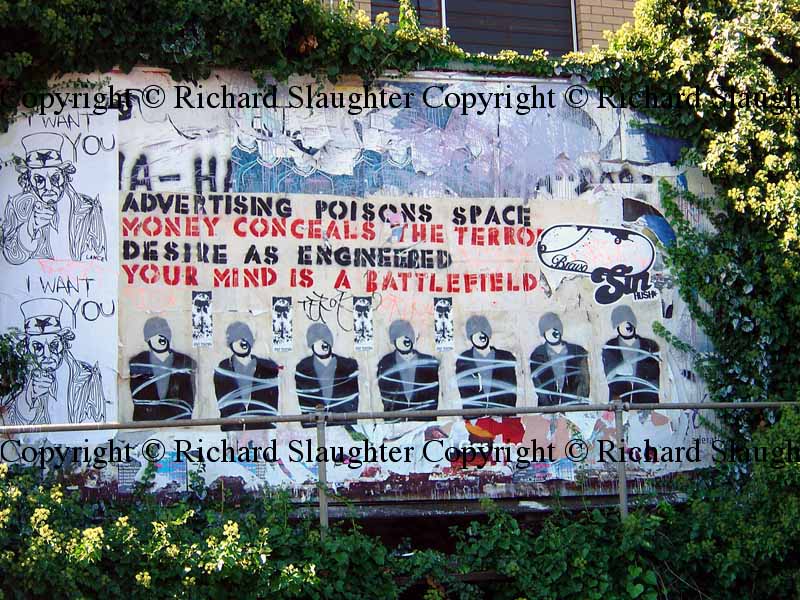This page contains a sample of images that were originally on my weblog.
I first became interested in street art while living in Melbourne some years ago. At that time most people were concerned to deal with the mess created by the widespread practice of ‘tagging’. In fact I was for a while a member of the Mayor of Hawthorn’s working party on graffiti. Which was when I met a young social worker whose ‘mission’ was to work with street kids. As the years passed, however, street art evolved into an art form in its own right. Artists emerged who increasingly produced legal work, some of which was not only legal but broke new ground. Towns and cities almost everywhere began to hold street art festivals and to see these ‘pieces’ as adding value and interest, often brightening up quite dull localities.
Wherever I went I made a point of spending a day or two walking the streets and back blocks of many cities and, in so doing, acquired a significant collection of high quality work. As a way of sharing some of the best more widely I published a series of calendars from 2015 to 2020. The front and back covers are reproduced below.
2020
2019
2018
2017
2016
2015
Ironic collages
The following imges are drawn from earlier work and represent a kind of visual play with materials gathered from various sources at various times.
City controller
This detail from a Melbourne ‘piece’ caught my eye some years ago. It aligned with many early street art images where the artist is often represented in cartoon form with (or without) a spray can triumphantly displayed. Here enlarged hands are reaching through two letters Z & B, which may well be the artists’ initials. But what are these hands doing? I thought it was interesting to imagine that, by scaling up the image, some sort of impish ‘power’ could be implied looming over the rather stark and dehumanised hotels, offices and apartment buildings that line Brisbane’s Riverside precinct. I like the idea that there may be other – perhaps more chaotic and less readily controlled – forces at work that sit behind and maybe challenge the usual mainstream ones (such as the daily schedule, commuting etc). Then, despite its superficial glitter, and under certain lighting conditions, the city can take on a grey and dull aspect that suits the ‘city controller.’ How would all those in the buildings and along the boardwalk respond if they were aware of this benign but looming presence?
Don’t attack
This is a rare angry piece. The background shows the repeated texts of posters at a protest march saying: ‘not in my name’, ‘don’t attack Iraq’ and ‘no war on Iraq.’ Not that they did much good. To its lasting shame Australia joined in the illegal invasion and was drawn into the subsequent disaster. At around that time a colleague of mine had authored a book called Why Do People Hate America? It took a hard penetrating look at the self-serving myths that operate there. (Of course, we have our own versions too.) Like many others I found it difficult to accept that we’d been part of the Iraq debacle and so I pictured the ex-PM striding off and leaving behind both the protest and the reality of what happened. But I think that history will judge those responsible. The same goes for the reality of global warming and the chances that were lost in the recent decades to get serious about responding.
Energised windows
For several years we watched a fine old house with real character slowly decay as it was assaulted by vandals as well as by the weather. The basic structure was sound, but the stank and the doors, windows, gutters and roof all fell into disrepair. I took some pictures thinking to at least record it while it was still there. Then the City Council stepped in and threatened the owners with heavy fines unless they took greater responsibility. Within days contractors had erected a steel fence and commenced to mothball the place. Now it has been in a kind of stasis for years, windows covered and sealed. What will happen next is anyone’s guess. Before it was mothballed I played around with ideas about how the pace could re-visioned. What if there were invisible energies boiling around in there? What if the apparent decay were balanced by something that was growing and developing? Could this apparent ruin be hiding something? I wanted to believe that it might. Suddenly the structure took on a different aspect. Instead of being merely a wreck it was open to other possibilities…
Giza frogs
Wherever you go in the world, and especially in ‘peak season,’ you can often see hoards of tourists surging around ancient monuments, sometimes seeming to overwhelm them. Once, on the Acropolis in Athens, I was struck by how many visitors appeared to be more interested in the view through a camera than they were in directly appreciating the ruins themselves. They’d distanced themselves from the reality and, in so doing, watered down what could have been a direct and rich experience. There are also times when the crowds constitute a physical and perceptual barrier between you and whatever it was you came to see. This happened on our first visit to Karnak temple in Egypt. The press of people was so intense that the beautiful bas reliefs we’d come to see were completely obscured. When we went back later, and earlier in the day, we had a very different experience.
The frogs in this image came from a slot machine game in Tamsui, just outside Taipei, in Taiwan. The repetition of the same gormless look on each face, coupled with the way they were jammed together in the cabinet reminded me of tourism at its worst and the way that what you’d come to see can be extinguished by the crowds. Yet, in spite of this, the Sphinx somehow remains aloof, a relic of an age so distant from ours that, although worn and damaged, still seems in some sense to stand ‘outside time.’ The Great Pyramid of Giza itself retains only the cap of its original limestone surface, the rest having been plundered over generations for use as building materials. Another reading of the combined image could be the way that the early works of ancient civilisations are themselves subject not only to the ‘ravages of time’ but also the depredations of later humans.
Strange pool
In a normal daylight view this hotel pool deck is of no particular interest. I wondered how it might appear if the water was seen as some kind of ‘window’ into a different world. I tried out several options and settled on this one. The original picture used for the ‘pool’ was a highly magnified and solarised view of a flower petal. The result, at least to my eye, is rather weird. The everyday world has been reduced to a mere surface. Underneath it lies a shimmering ‘landscape’ evoking an unfamiliar reality. Could this be a view of the matter / energy quantum realm shimmering beneath us? Is it a substrate into which things collapse or a domain from which they emerge?
Cranach’s ‘wellsprings of life’
These stone arches are in an old rectory in Lancashire, UK, located in a village in which I once lived. I photographed them many times, once with ghostly figures seeming to pass through them. Then I saw this picture in a Madrid art gallery and somehow the two came together. Doorways are obviously portals that allow passage from one space to another. But they have often been conceptualised as ‘portals’ to other times and even other worlds. It’s a familiar trope in SF. As it stands today the rectory is a dry and dusty place. Whatever life it once held has long departed. By placing Lucas Cranach’s ‘Nymph of the Spring’ here one interpretation is that, while the current outlook for humankind and its world may seem arid and uninviting, it’s possible to ‘reach forward’ to rediscover the wellsprings of life. The image is from the early 16th Century but can be perennially inspiring within a culture that remains obsessed with technology and economic growth. The view back informs the forward view.
Durer’s hare
A famously detailed Durer painting of a hare was the inspiration for this work by German sculptor Jurgen Goertz. It was placed in the Tiergartnertorplatz in Nuremberg, Germany in 1984, a short distance from where Durer’s house still stands. It’s been described as a ‘provocation’ since it has upped the ante, as it were, on the original. It looks as through the animal has sampled one of the potions from Alice in Wonderland, causing it to explode out of some sort of crate only to flop momentarily upon the ground. A number of smaller hares are also on the verge of escaping. The adult has a distinctly ‘evil eye.’ Then, looking closer, one can see that there are several very human toes projecting from beneath the hare’s huge front foot. Someone has evidently perished under the weight of this monster. It was perhaps for such reasons that I placed the sculpture in a shopping mall that had itself experienced turbulent transformation. It seemed to fit the space and echo the roiling clouds looming overhead.
Under your feet
The original shot of the escalators linking these two floors of an arid shopping centre was as banal as the location itself. I wanted to inject some life, some energy, into this hollow place. I coloured the lower floor with an electric pink, causing it to hum and vibrate. Several people are going about their daily business, their minds lost in thought and unaware of the virtual magic under their feet. The image is a symbolic response to the wilderness of shopping centres and malls that have sprung up everywhere. Cathedrals to the religion of shopping, these emporia attract thousands of people. But there is little of any real value to be found in any of them, just endless repetitions of the same old themes. The fact that most of the shops sell stuff that no one needs says a lot about how so much of our current wealth is wasted. Are we trying to keep our minds clouded in order not to know what’s really going on out there?
After life
The moment I saw these carved heads set on a barren hillside questions began to emerge. Who and what had placed them there? I imagined that at some time in the future they might be covered up to protect them from further deterioration. Then I had the idea of inserting eyes in the nearest head. They immediately transformed the image into something quite different. A sense of uncertainty is heightened by the ambiguity of the place that this image might be said to occupy in time. If the eyes were really alive, what might they see? If the ears could hear, just what would they hear? If the mouth could speak, what might it say – and would there be anyone around to listen?
Lunatic park
Luna Park is a much-loved funfair in St Kilda known to generations of Melbournians, and a landmark of the area. There’s something manic about the over-sized mouth set in a leering face with its fixed stare hanging over everyone that enters. I pictured it as belching out multi-lane freeways. The image of the latter was taken from the air just before landing at LAX. To me the combined image symbolises how modernity has belched out these huge ribbons of concrete and tarmac all over the world. Initially it may have made sense. But now that we have arrived at the end of the fossil fuel era, the vast sums spent on roads seem misplaced. The engineering marvels of the 20thcentury have become the ‘lunatic park’ of the 21st.
Ads poison space
This is quite simply one of the most honest and strikingly direct messages I’ve ever seen in public. It remained visible on an abandoned billboard next to the railway near Church Street in Melbourne for a surprisingly long time.

